Impact of Electric Vehicle Charging Strategy on the Long-Term Planning of an Isolated Microgrid
Abstract
:1. Introduction
- The impact of a charging strategy is studied in the long-term investments of generation and storage of a microgrid.
- A formal planning tool is developed based on real data.
- This study considers different kinds of EVs such as buses and motorcycles, which have different power, and energy characteristics, and users’ different behaviors.
2. Background
3. Operation Problem Definition
3.1. EV Charging Strategy
3.2. Optimization Problem for the Charging Strategy
3.3. Electricity Costs
3.4. EV Load Modeling
3.4.1. Number of EVs from Each Kind
3.4.2. Plug Duration
3.5. Implementation
4. Long-Term Planning Problem
4.1. Residential Load
4.2. Diesel Generation
4.3. PV and Battery
4.4. Wind
4.5. New EV Demand
4.6. Additional Inputs for the Planning
5. Results and Discussion
- Case A: No investment is performed (using the existing generation configuraion) and no charging strategy is considered.
- Case B: The optimal power generation planning is solved with uncoordinated charging.
- Case C: The optimal power generation planning is solved with the proposed charging strategy.
5.1. Costs and Emissions Comparisons
5.2. Daily Operation
5.3. Sensitivity Analysis: Diesel Costs
6. Conclusions
Author Contributions
Funding
Conflicts of Interest
Abbreviations
| CO | Carbon dioxide |
| EV | Electric Vehicle |
| RES | Renewable Energy Source |
| PV | Photovoltaic |
| SOC | State-of-Charge |
References
- Arriaga, M.; Cañizares, C.A.; Kazerani, M. Renewable Energy Alternatives for Remote Communities in Northern Ontario, Canada. IEEE Trans. Sustain. Energy 2012, 4, 661–670. [Google Scholar] [CrossRef]
- Eras-Almeida, A.A.; Egido-Aguilera, M.A. Hybrid renewable mini-grids on non-interconnected small islands: Review of case studies. Renew. Sustain. Energy Rev. 2019, 116, 109417. [Google Scholar] [CrossRef]
- Mahmud, M.A.P.; Huda, N.; Farjana, S.H.; Lang, C. Techno-Economic Operation and Environmental Life-Cycle Assessment of a Solar PV-Driven Islanded Microgrid. IEEE Access 2019, 7, 111828–111839. [Google Scholar] [CrossRef]
- Huy, P.D.; Ramachandaramurthy, V.K.; Yong, J.Y.; Tan, K.M.; Ekanayake, J.B. Optimal placement, sizing and power factor of distributed generation: A comprehensive study spanning from the planning stage to the operation stage. Energy 2020, 195, 117011. [Google Scholar] [CrossRef]
- Bahaj, A.S.; James, P.A. Electrical Minigrids for Development: Lessons from the Field. Proc. IEEE 2019, 107, 1967–1980. [Google Scholar] [CrossRef] [Green Version]
- Nikmehr, N. Distributed robust operational optimization of networked microgrids embedded interconnected energy hubs. Energy 2020, 199, 117440. [Google Scholar] [CrossRef]
- Clement-Nyns, K.; Haesen, E.; Driesen, J. The impact of Charging plug-in hybrid electric vehicles on a residential distribution grid. IEEE Trans. Power Syst. 2010. [Google Scholar] [CrossRef] [Green Version]
- Wang, G.; Xu, Z.; Wen, F.; Wong, K.P. Traffic-constrained multiobjective planning of electric-vehicle charging stations. IEEE Trans. Power Deliv. 2013, 28, 2363–2372. [Google Scholar] [CrossRef]
- Rezaeimozafar, M.; Eskandari, M.; Amini, M.H.; Moradi, M.H.; Siano, P. A Bi-Layer Multi-Objective Techno-Economical Optimization Model for Optimal Integration of Distributed Energy Resources into Smart/Micro Grids. Energies 2020, 13, 1706. [Google Scholar] [CrossRef] [Green Version]
- Clairand, J.M.; Rodríguez-García, J.; Álvarez-Bel, C. Assessment of Technical and Economic Impacts of EV User Behavior on EV Aggregator Smart Charging. J. Mod. Power Syst. Clean Energy 2020, 8, 356–366. [Google Scholar] [CrossRef]
- Yang, H.; Pan, H.; Luo, F.; Qiu, J.; Deng, Y.; Lai, M.; Dong, Z.Y. Operational Planning of Electric Vehicles for Balancing Wind Power and Load Fluctuations in a Microgrid. IEEE Trans. Sustain. Energy 2017, 8, 592–604. [Google Scholar] [CrossRef]
- Savio, D.A.; Juliet, V.A.; Chokkalingam, B.; Padmanaban, S.; Holm-Nielsen, J.B.; Blaabjerg, F. Photovoltaic integrated hybrid microgrid structured electric vehicle charging station and its energy management approach. Energies 2019, 12, 168. [Google Scholar] [CrossRef] [Green Version]
- Jin, C.; Sheng, X.; Ghosh, P. Optimized Electric Vehicle Charging With Intermittent Renewable Energy Sources Chenrui. IEEE J. Sel. Top. Signal Process. 2014, 8, 1063–1072. [Google Scholar] [CrossRef]
- Honarmand, M.; Zakariazadeh, A.; Jadid, S. Integrated scheduling of renewable generation and electric vehicles parking lot in a smart microgrid. Energy Convers. Manag. 2014, 86, 745–755. [Google Scholar] [CrossRef]
- Zhang, T.; Chen, W.; Han, Z.; Cao, Z.; Member, S.; Han, Z.; Cao, Z.; Member, S. Charging scheduling of electric vehicles with local renewable energy under uncertain electric vehicle arrival and grid power price. IEEE Trans. Veh. Technol. 2014, 63, 2600–2612. [Google Scholar] [CrossRef] [Green Version]
- Dhundhara, S.; Verma, Y.P.; Williams, A. Techno-economic analysis of the lithium-ion and lead-acid battery in microgrid systems. Energy Convers. Manag. 2018, 177, 122–142. [Google Scholar] [CrossRef]
- Kumar, A.; Singh, A.R.; Deng, Y.; He, X.; Kumar, P.; Bansal, R.C. Multiyear load growth based techno-financial evaluation of a microgrid for an academic institution. IEEE Access 2018, 6, 37533–37555. [Google Scholar] [CrossRef]
- Abdin, Z.; Mérida, W. Hybrid energy systems for off-grid power supply and hydrogen production based on renewable energy: A techno-economic analysis. Energy Convers. Manag. 2019, 196, 1068–1079. [Google Scholar] [CrossRef]
- Hafez, O.; Bhattacharya, K. Optimal planning and design of a renewable energy based supply system for microgrids. Renew. Energy 2012, 45, 7–15. [Google Scholar] [CrossRef]
- Chade, D.; Miklis, T.; Dvorak, D. Feasibility study of wind-to-hydrogen system for Arctic remote locations—Grimsey island case study. Renew. Energy 2015, 76, 204–211. [Google Scholar] [CrossRef]
- Abo-Elyousr, F.K.; Elnozahy, A. Bi-objective economic feasibility of hybrid micro-grid systems with multiple fuel options for islanded areas in Egypt. Renew. Energy 2018, 128, 37–56. [Google Scholar] [CrossRef]
- Das, I.; Canizares, C.A. Renewable Energy Integration in Diesel-Based Microgrids at the Canadian Arctic. Proc. IEEE 2019, 107, 1838–1856. [Google Scholar] [CrossRef]
- Ayodele, E.; Misra, S.; Damasevicius, R.; Maskeliunas, R. Hybrid microgrid for microfinance institutions in rural areas—A field demonstration in West Africa. Sustain. Energy Technol. Assess. 2019, 35, 89–97. [Google Scholar] [CrossRef]
- Aziz, A.S.; Tajuddin, M.F.N.; Adzman, M.R.; Mohammed, M.F.; Ramli, M.A. Feasibility analysis of grid-connected and islanded operation of a solar PV microgrid system: A case study of Iraq. Energy 2020, 191. [Google Scholar] [CrossRef]
- Elkadeem, M.R.; Wang, S.; Azmy, A.M.; Atiya, E.G.; Ullah, Z.; Sharshir, S.W. A systematic decision-making approach for planning and assessment of hybrid renewable energy-based microgrid with techno-economic optimization: A case study on an urban community in Egypt. Sustain. Cities Soc. 2020, 54, 102013. [Google Scholar] [CrossRef]
- Zabalaga, P.J.; Cardozo, E.; Campero, L.A.; Ramos, J.A.A. Performance analysis of a stirling engine hybrid power system. Energies 2020, 13, 980. [Google Scholar] [CrossRef] [Green Version]
- Masrur, H.; Or, H.; Howlader, R.; Lotfy, M.E. Analysis of Techno-Economic-Environmental Suitability of an Isolated Microgrid System Located in a Remote Island of Bangladesh. Sustainability 2020, 12, 2880. [Google Scholar] [CrossRef] [Green Version]
- Tuballa, M.L.; Abundo, M.L. Prospects of a solar-diesel-grid energy system for Silliman University, Dumaguete City, Philippines. Int. J. Green Energy 2018, 15, 704–714. [Google Scholar] [CrossRef]
- Adefarati, T.; Obikoya, G.D. Techno-economic evaluation of a grid-connected microgrid system. Int. J. Green Energy 2019, 16, 1497–1517. [Google Scholar] [CrossRef]
- Donado, K.; Navarro, L.; Quintero, M.C.G.; Pardo, M. HYRES: A multi-objective optimization tool for proper configuration of renewable hybrid energy systems. Energies 2019, 13, 26. [Google Scholar] [CrossRef] [Green Version]
- Sco Lombardi, F.; Riva, F.; Sacchi, M.; Colombo, E. Enabling combined access to electricity and clean cooking with PV-microgrids: New evidences from a high-resolution model of cooking loads. Energy Sustain. Dev. 2019, 49, 78–88. [Google Scholar] [CrossRef]
- Fulhu, M.; Mohamed, M.; Krumdieck, S. Voluntary demand participation (VDP) for security of essential energy activities in remote communities with case study in Maldives. Energy Sustain. Dev. 2019, 49, 27–38. [Google Scholar] [CrossRef]
- He, L.; Zhang, S.; Chen, Y.; Ren, L.; Li, J. Techno-economic potential of a renewable energy-based microgrid system for a sustainable large-scale residential community in Beijing, China. Renew. Sustain. Energy Rev. 2018, 93, 631–641. [Google Scholar] [CrossRef]
- Veilleux, G.; Potisat, T.; Pezim, D.; Ribback, C.; Ling, J.; Krysztofiński, A.; Ahmed, A.; Papenheim, J.; Pineda, A.M.; Sembian, S.; et al. Techno-economic analysis of microgrid projects for rural electrification: A systematic approach to the redesign of Koh Jik off-grid case study. Energy Sustain. Dev. 2020, 54, 1–13. [Google Scholar] [CrossRef]
- Nnaji, E.C.; Adgidzi, D.; Dioha, M.O.; Ewim, D.R.; Huan, Z. Modelling and management of smart microgrid for rural electrification in sub-saharan Africa: The case of Nigeria. Electr. J. 2019, 32. [Google Scholar] [CrossRef]
- Markov, K.; Rajaković, N. Multi-energy microgrids with ecotourism purposes: The impact of the power market and the connection line. Energy Convers. Manag. 2019, 196, 1105–1112. [Google Scholar] [CrossRef]
- Sarkar, T.; Bhattacharjee, A.; Samanta, H.; Bhattacharya, K.; Saha, H. Optimal design and implementation of solar PV-wind-biogas-VRFB storage integrated smart hybrid microgrid for ensuring zero loss of power supply probability. Energy Convers. Manag. 2019, 191, 102–118. [Google Scholar] [CrossRef]
- Clairand, J.M.; Arriaga, M.; Cañizares, C.; Alvarez-bel, C. Power Generation Planning of Galapagos Microgrid Considering Electric Vehicles and Induction Stoves. IEEE Trans. Sustain. Energy 2019, 10, 1916–1926. [Google Scholar] [CrossRef]
- Hafez, O.; Bhattacharya, K. Optimal design of electric vehicle charging stations considering various energy resources. Renew. Energy 2017, 107, 576–589. [Google Scholar] [CrossRef]
- Yoon, S.G.; Kang, S.G. Economic microgrid planning algorithm with electric vehicle charging demands. Energies 2017, 10, 1487. [Google Scholar] [CrossRef] [Green Version]
- Eras-Almeida, A.A.; Egido-Aguilera, M.A.; Blechinger, P.; Berendes, S.; Caamaño, E.; García-Alcalde, E. Decarbonizing the Galapagos Islands: Techno-Economic Perspectives for the Hybrid Renewable Mini-Grid Baltra–Santa Cruz. Sustainability 2020, 12, 2282. [Google Scholar] [CrossRef] [Green Version]
- Clairand, J.M.; Rodríguez-García, J.; Álvarez-Bel, C. Electric Vehicle Charging Strategy for Isolated Systems with High Penetration of Renewable Generation. Energies 2018, 11, 3188. [Google Scholar] [CrossRef] [Green Version]
- Seifi, H.; Sepasian, M.S. Power System Planning, Basic Principles. In Electric Power System Planning; Springer: Berlin, Germany, 2011; pp. 1–14. [Google Scholar]
- Gamarra, C.; Guerrero, J.M. Computational optimization techniques applied to microgrids planning: A review. Renew. Sustain. Energy Rev. 2015, 48, 413–424. [Google Scholar] [CrossRef] [Green Version]
- Homer Energy. HOMER Software. 2018. Available online: https://www.homerenergy.com/ (accessed on 15 June 2020).
- Clairand Gómez, J.M. New Strategies for the Massive Introduction of Electric Vehicles in the Operation and Planning of Smart Power Systems. Ph.D. Thesis, Universitat Poltècnica de València, València, Spain, 2018. [Google Scholar] [CrossRef]
- ARCONEL. Pliego Tarifario Para Las Empresas Eléctricas. Technical Report. 2016. Available online: https://www.cnelep.gob.ec/wp-content/uploads/2016/11/Pliego-Tarifarios-2016-Actualizado.pdf (accessed on 15 June 2020).
- Álvarez-Bel, C.; Pesantez-Sarmiento, P.; Rodriguez García, J.; Alcázar-Ortega, M.; Carbonell Carretero, J.; Erazo-Almeida, P.; Morales Jadan, D.X.; Escrivá-Escrivá, G.; Carrillo-Díaz, A.; Piette, M.A.; et al. Análisis Para la Implementación de Redes Inteligentes en Ecuador—Metodología de Previsión de la Demanda Basada en Redes Inteligentes; Editorial Institucional UPV: Valencia, Spain, 2016; p. 287. [Google Scholar]
- Khayatian, A.; Barati, M.; Lim, G. Integrated Microgrid Expansion Planning in Electricity Market with Uncertainty. IEEE Trans. Power Syst. 2017, 70803, 1–9. [Google Scholar] [CrossRef]
- Zelectricvehicle. Z Electric Vehicle: The Performance and Value Leader in Electric Vehicles. 2018. Available online: https://zelectricvehicle.in/ (accessed on 15 June 2020).
- BYD. K9 Electric Transit Bus. 2018. Available online: https://en.byd.com/wp-content/uploads/2019/07/4504-byd-transit-cut-sheets_k9-40_lr.pdf (accessed on 15 June 2020).
- Kia. Kia Soul EV. 2018. Available online: https://www.kia.com/worldwide/vehicles/e-soul.do (accessed on 15 June 2020).
- Paz, C.; Anazco, D. Iluminando al Patrimonio Natural de la Humanidad. Technical Report. 2015. Available online: http://www.elecgalapagos.com.ec/pdf2015/M09/Revistainstitucional.pdf (accessed on 15 June 2020).
- Vintimilla, L.C. Proyecto Eólico San Cristóbal Galápagos—Ecuador. Technical Report. 2013. Available online: https://www.slideserve.com/peggy/proyecto-e-lico-san-crist-bal-islas-gal-pagos (accessed on 15 June 2020).
- Elecgalapagos. Plan de Trabajo Anual—POA 2015. Technical Report. 2015. Available online: http://www.elecgalapagos.com.ec/pdf2015/KO7/PlanOperativoAnual-POA.pdf (accessed on 15 June 2020).
- Sierra, J.C. Estimating road transport fuel consumption in Ecuador. Energy Policy 2016, 92, 359–368. [Google Scholar] [CrossRef]
- Ministerio de Transporte y Obras Publicas. Registro Oficial. Technical Report 386. 2013. Available online: http://www.obraspublicas.gob.ec/wp-content/uploads/downloads/2012/09/SPTMF_resol_carga_gye-galapagos.pdf (accessed on 15 June 2020).
- Elecgalapagos. Proyectos. Available online: http://www.elecgalapagos.com.ec/proyectos (accessed on 15 June 2020).
- Consejo de Gobierno del Regimen Especial de Galapagos. Plan Galapagos. Technical Report. Available online: http://extwprlegs1.fao.org/docs/pdf/ecu166016.pdf (accessed on 15 June 2020).
- Secretaria de Planificacion. Ficha Informativa de Proyecto 2016 Proyecto Fotovoltaico en la Isla Baltra—Archipiélago de Galápagos. Líder. Technical Report. 2016. Available online: http://euroclimaplus.org/intranet/_documentos/repositorio/01Bienal%20ONUCambio%20Clim%C3%A1tico_2016Ecuador.pdf (accessed on 15 June 2020).
- The Wind Power. U57. Available online: https://www.thewindpower.net/turbine_media_en_460_unison_u57.php (accessed on 15 June 2020).
- Vélez-Vega, V.; Cedeño-Gómez, M.; Almeida-Chinga, O. Energía Verde para Galápagos; PROGRAMA LAS Nac. UNIDAS PARA EL Desarro, 2016; p. 10. Available online: http://www.ec.undp.org/content/dam/ecuador/docs/documentosproyectosambiente/pnud_ecREVISTAENERGIAVERDEPARAGALAPAGOS-ilovepdf-compressed.pdf (accessed on 15 June 2020).
- VAISALA. Supporting the Energy Revolution. Available online: https://www.vaisala.com/en/industries-innovation/renewable (accessed on 15 June 2020).
- ARCONEL; MEER. Aspectos de sustentabilidad y sostenibilidad social y ambiental. Plan Maest. Electrif. 2013, 53, 1689–1699. Available online: http://www.regulacionelectrica.gob.ec/wp-content/uploads/downloads/2015/12/Vol4-Aspectos-de-sustentabilidad-y-sostenibilidad-social-y-ambiental.pdf (accessed on 15 June 2020).
- CONELEC (Consejo Nacional de Eléctricidad). Perspectiva y Expansión del Sistema Eléctrico Ecuatoriano, Technical Report. Available online: http://www.regulacionelectrica.gob.ec/plan-maestro-de-electrificacion-2013-2022/ (accessed on 15 June 2020).

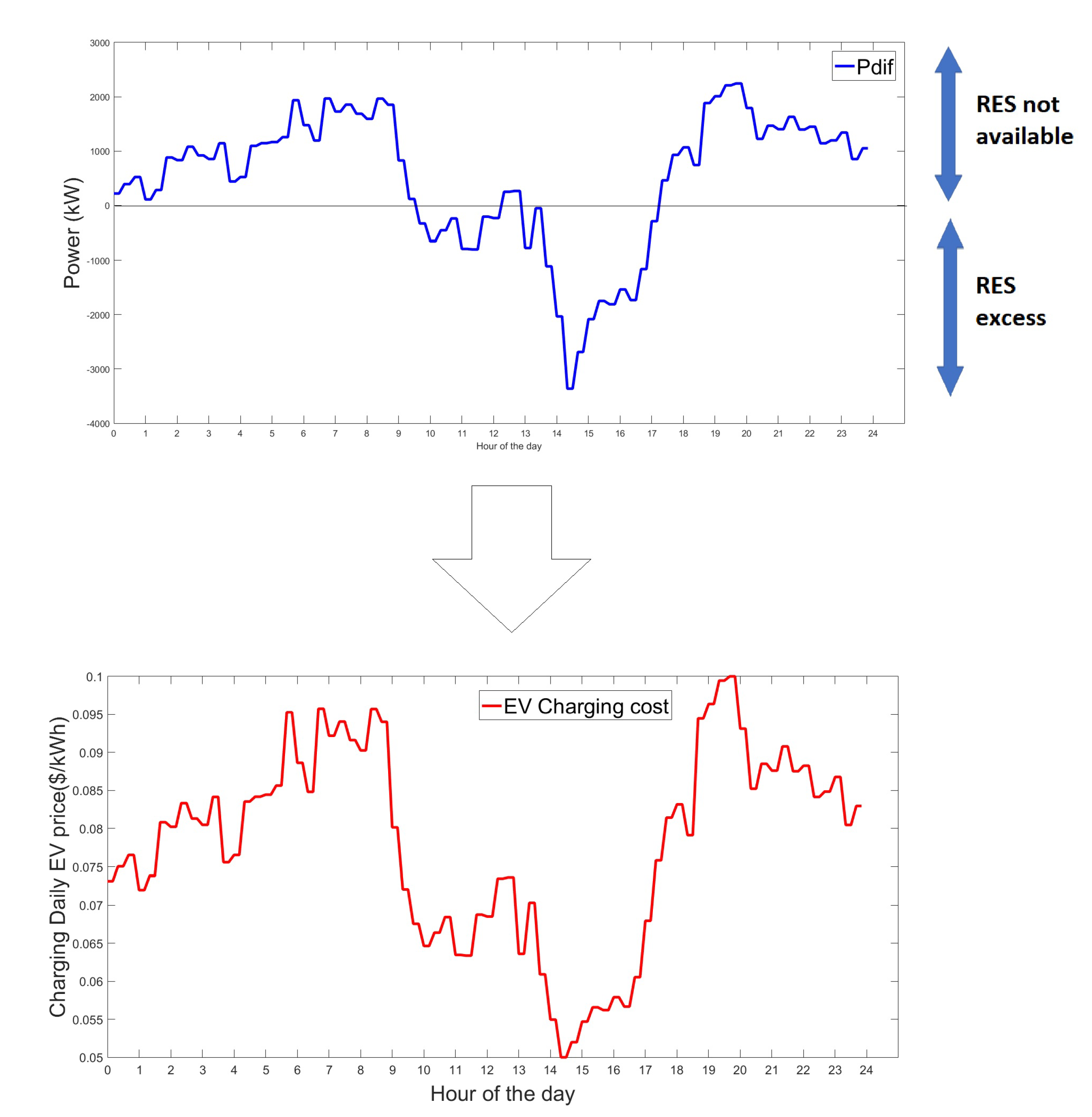


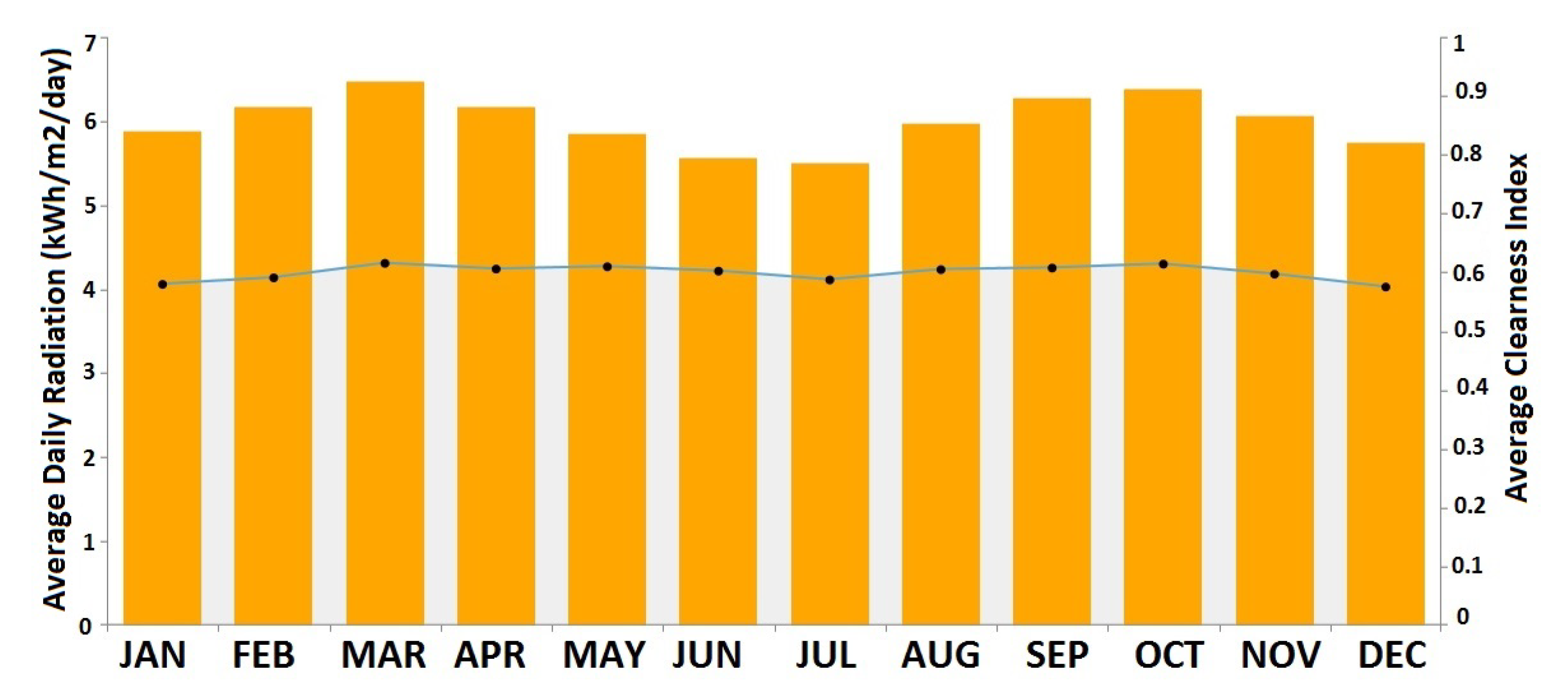
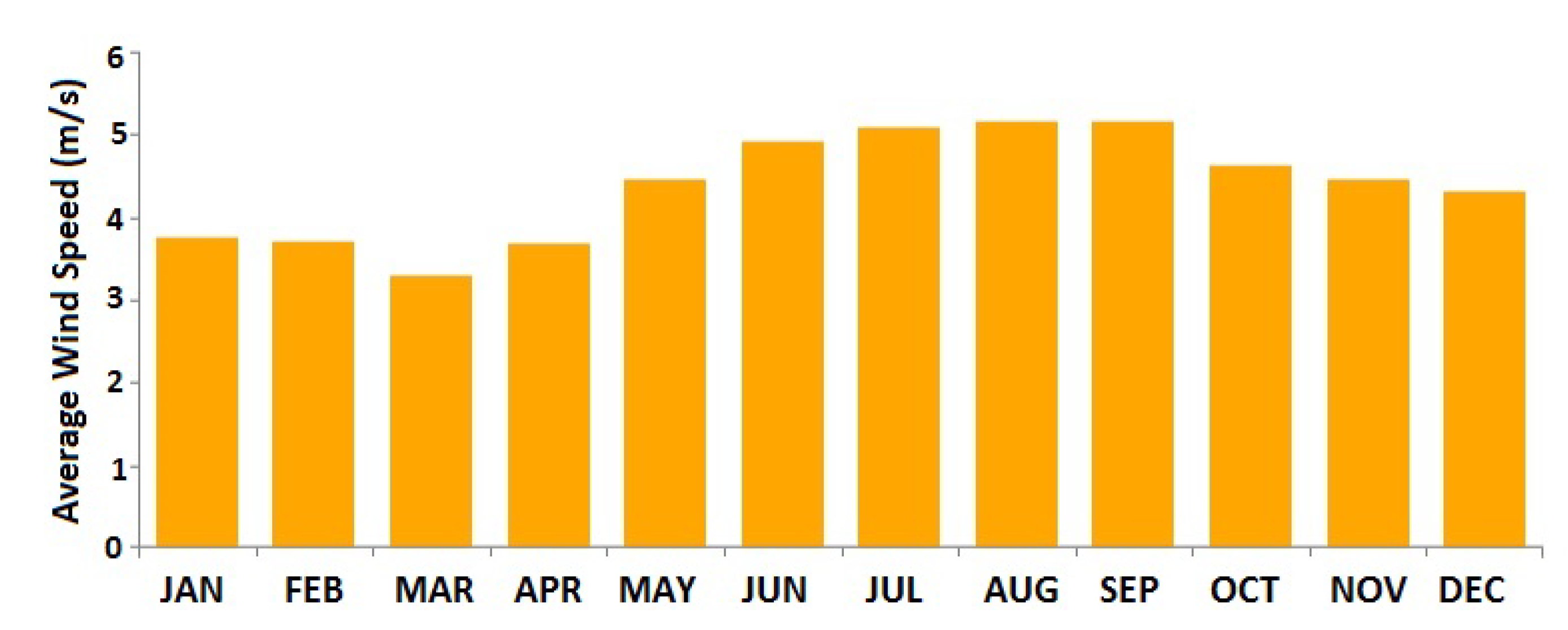



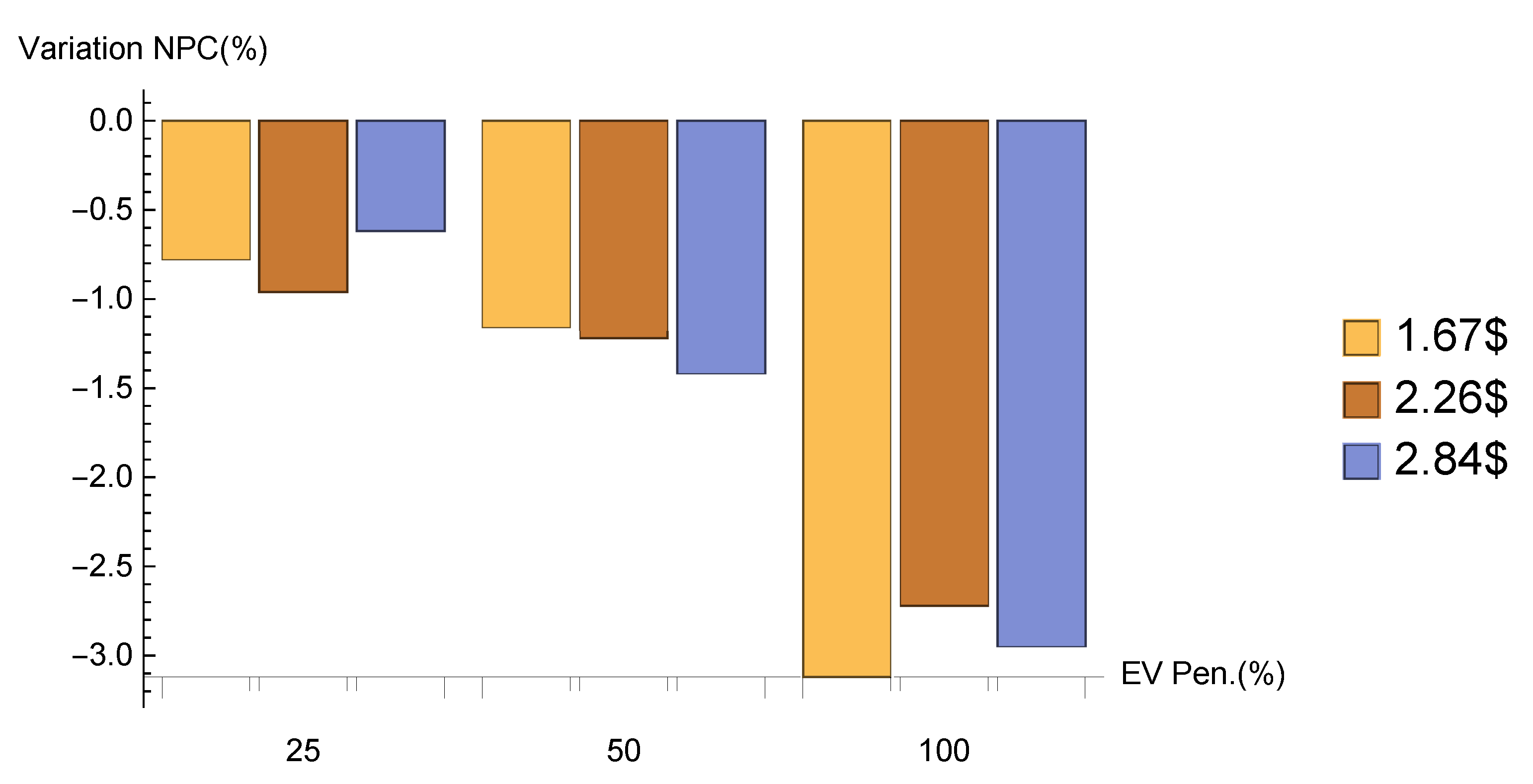
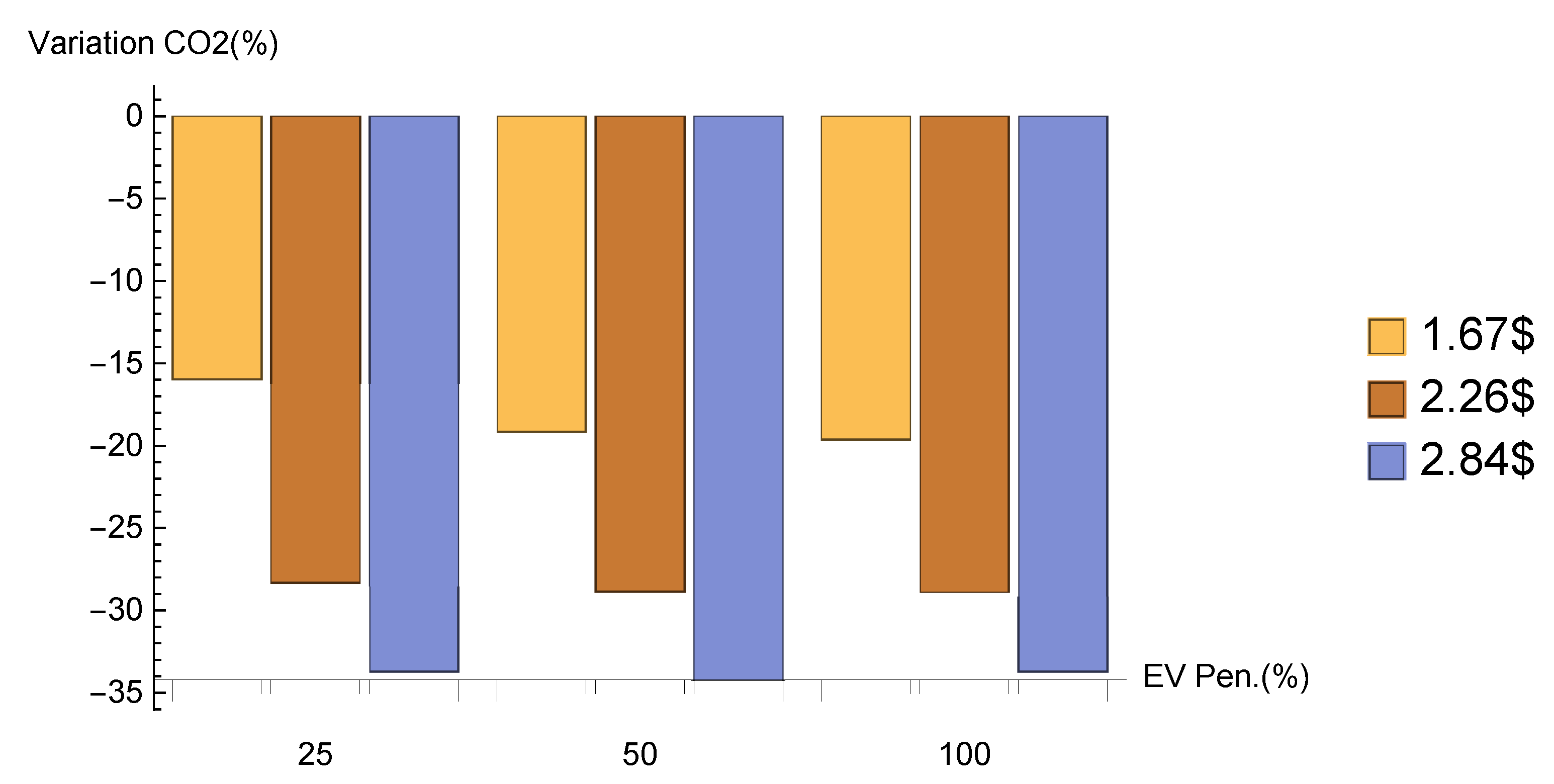
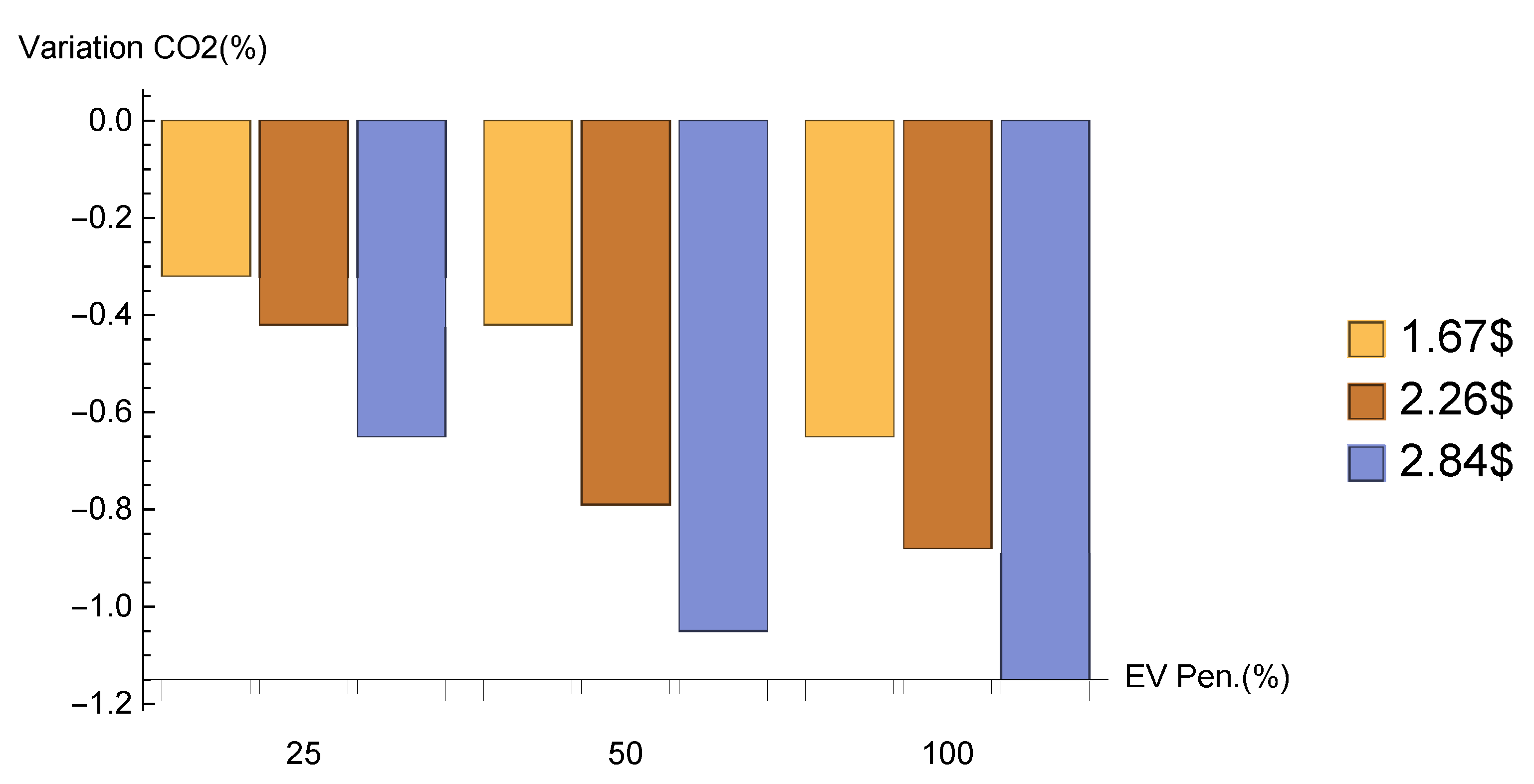
| Ref. | Country | Year | PV | Wind | Diesel | Biogas | Hydro | Battery | Fuel Cell |
|---|---|---|---|---|---|---|---|---|---|
| [16] | India | 2018 | ✓ | ✓ | ✓ | — | — | ✓ | — |
| [17] | India | 2018 | ✓ | ✓ | ✓ | ✓ | — | ✓ | — |
| [18] | Canada, USA, Australia | 2019 | ✓ | ✓ | ✓ | — | — | ✓ | ✓ |
| [19] | Canada | 2012 | ✓ | ✓ | ✓ | — | ✓ | ✓ | — |
| [20] | Iceland | 2015 | — | ✓ | ✓ | — | — | — | ✓ |
| [21] | Egypt | 2018 | ✓ | ✓ | ✓ | ✓ | — | ✓ | ✓ |
| [22] | Canada | 2019 | ✓ | ✓ | ✓ | — | — | ✓ | — |
| [23] | Nigeria | 2019 | ✓ | ✓ | ✓ | — | — | ✓ | — |
| [24] | Iraq | 2020 | ✓ | — | — | — | — | ✓ | — |
| [25] | Egypt | 2020 | ✓ | ✓ | ✓ | — | — | ✓ | ✓ |
| [26] | Bolivia | 2020 | ✓ | ✓ | ✓ | ✓ | — | ✓ | — |
| [27] | Bangladesh | 2020 | ✓ | ✓ | ✓ | — | — | ✓ | — |
| [28] | Philippines | 2018 | ✓ | — | ✓ | — | — | ✓ | — |
| [29] | South Africa | 2019 | ✓ | — | — | — | — | ✓ | — |
| [30] | Colombia | 2019 | ✓ | ✓ | — | — | — | ✓ | — |
| [31] | Tanzania | 2019 | ✓ | — | — | — | — | ✓ | — |
| [32] | Maldives | 2019 | ✓ | ✓ | ✓ | — | — | ✓ | — |
| [33] | China | 2018 | ✓ | ✓ | ✓ | — | — | ✓ | — |
| [34] | Thailand | 2020 | ✓ | — | ✓ | — | — | ✓ | — |
| [35] | Nigeria | 2019 | ✓ | — | — | — | — | ✓ | — |
| [36] | Bosnia and Herzegovina | 2019 | ✓ | — | ✓ | — | — | ✓ | — |
| [37] | India | 2019 | ✓ | ✓ | ✓ | ✓ | — | ✓ | — |
| [38] | Ecuador | 2019 | ✓ | ✓ | ✓ | — | — | ✓ | — |
| EV Type | Motorcycle | Bus | Car |
|---|---|---|---|
| N | 611 | 46 | 467 |
| 1 kW | 60 kW | 6.6 kW | |
| 4 kWh | 324 kWh | 27 kWh | |
| 1.7 kWh | 280 kWh | 24 kWh | |
| 16 h 30–20 h 30 | 12 h 00–22 h 00 | 05 h 00–12 h 00 and 22 h 00–02 h 00 |
| [M$] | [kTon/yr] | New PV [MW] | New Capital [M$] | |||||||||
|---|---|---|---|---|---|---|---|---|---|---|---|---|
| EV Pen. [%] | Case | Case | Case | Case | ||||||||
| A | B | C | A | B | C | A | B | C | A | B | C | |
| 25 | 123.69 | 122.61 | 121.66 | 21.44 | 18.55 | 18.49 | 0 | 2.60 | 2.678 | 0 | 14.7 | 15.1 |
| 50 | 140.43 | 139.03 | 137.43 | 24.45 | 20.84 | 20.52 | 0 | 3.24 | 3.18 | 0 | 18.3 | 18 |
| 100 | 173.93 | 172.09 | 166.88 | 30.47 | 25.88 | 25.47 | 0 | 4.12 | 3.652 | 0 | 23.2 | 20.6 |
© 2020 by the authors. Licensee MDPI, Basel, Switzerland. This article is an open access article distributed under the terms and conditions of the Creative Commons Attribution (CC BY) license (http://creativecommons.org/licenses/by/4.0/).
Share and Cite
Clairand, J.-M.; Álvarez-Bel, C.; Rodríguez-García, J.; Escrivá-Escrivá, G. Impact of Electric Vehicle Charging Strategy on the Long-Term Planning of an Isolated Microgrid. Energies 2020, 13, 3455. https://doi.org/10.3390/en13133455
Clairand J-M, Álvarez-Bel C, Rodríguez-García J, Escrivá-Escrivá G. Impact of Electric Vehicle Charging Strategy on the Long-Term Planning of an Isolated Microgrid. Energies. 2020; 13(13):3455. https://doi.org/10.3390/en13133455
Chicago/Turabian StyleClairand, Jean-Michel, Carlos Álvarez-Bel, Javier Rodríguez-García, and Guillermo Escrivá-Escrivá. 2020. "Impact of Electric Vehicle Charging Strategy on the Long-Term Planning of an Isolated Microgrid" Energies 13, no. 13: 3455. https://doi.org/10.3390/en13133455







